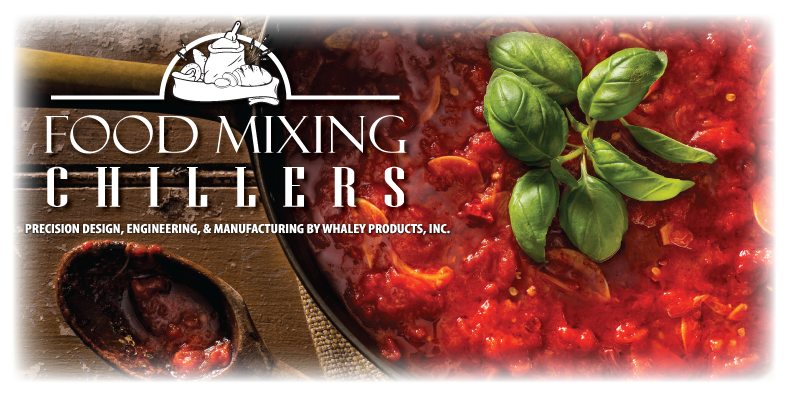There are thousands of commercially produced sauces and pastes made from pureed fruits and vegetables. The manufacturing processes of any commercially available product require chillers. Chillers are used in sauce production during mixing, pasteurizing, and bottling stages. Jacketed chillers are used to surround the mixing tanks. The jackets circulate water, brine, or glycol coolant under the tank surface. This is done to sustain appropriate temperatures throughout mixing. Pasteurization equipment that is used will depend on the sauce viscosity. Sauces with pH levels 4.6 and lower do not need to be pasteurized at as high of a temperature. Chillers are used to cool the sauce after pasteurization is complete. Once the sauce is cooled to an acceptable temperature it is ready to be bottled.
There are three types of heat exchangers that are used for pasteurization, each is defined and listed below.
Corrugated Tube Heat Exchangers
- Contain a jacketed multi tubular structure. This increases the surface area available for the thermal exchange process.
- Used for pasteurizing liquids containing small fibers and pieces, i.e. fruit juice with 500cps viscosity.
Mono Tube Heat Exchangers
- Use piston pumps to move the sauce through the system without causing deterioration.
- Used to pasteurize sauce containing larger pieces, i.e. marmalades, pulp, fruit cubes, onion, etc.
Annular Tube Heat Exchangers
- Contain triple tube heat exchangers. The sauce moves through the middle tube and the heat is contained in the two outside tubes.
- Used for sauces with viscosities higher than 2000cps, i.e. tomato sauce.

